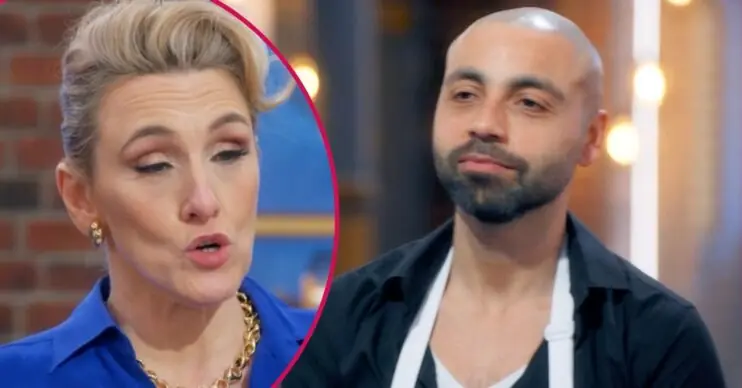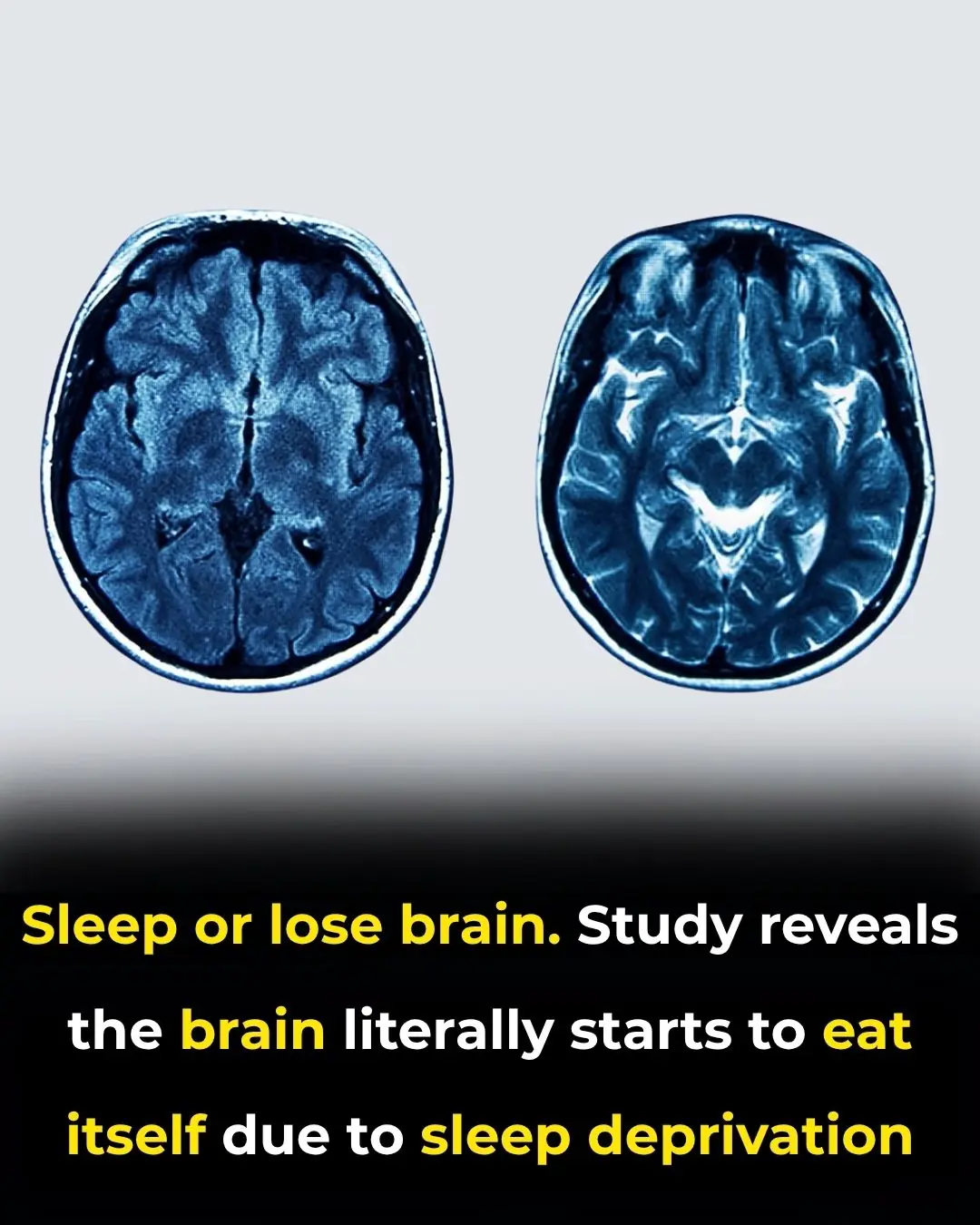
Why Your Dog Stares at You …What That Look Really Means

Why Your Dog Stares at You — What That Look Really Means
If you’ve ever caught your dog staring at you for what feels like an eternity, you’re not alone. Many dog owners have wondered what’s going on behind that steady, soulful gaze. Is your pup trying to tell you something? Are they studying you? Or are they just… staring?
While it may seem mysterious — or even a bit intense — eye contact is one of the main ways dogs communicate with their humans. That look can reveal a lot about what your dog is feeling in the moment. The key is understanding the context, body language, and what’s happening around them.
Below are some of the most common reasons your dog might be locking eyes with you — and what each look really means.
1. Love and Bonding
Sometimes, that lingering gaze is simply your dog’s way of saying, “I adore you.”
Research shows that when dogs make soft, relaxed eye contact with their humans, it can trigger a release of oxytocin, also known as the “bonding hormone.” This is the same chemical that strengthens attachment between mothers and babies.
In a way, your dog is emotionally “hugging” you with their eyes.
A few signs the stare is affectionate:
-
Relaxed ears
-
Soft, slightly squinty eyes
-
Gentle tail wag
-
Loose, calm body posture
So the next time your pup looks into your eyes with that warm, tender expression, know that they’re not being strange — they’re strengthening your bond.
2. They Want Something From You
Let’s be honest: dogs are pros at getting what they want.
If your dog is giving you a focused, expectant stare, they might be saying:
-
“Can we go outside now?”
-
“Are you going to share that snack?”
-
“It’s dinner time. You forgot.”
Dogs often pair this look with other cues, such as:
-
Nudging you with their nose
-
Wagging their tail eagerly
-
Looking back and forth between you and the object (like the treat jar, door, or leash)
-
Pawing gently at your leg
This type of stare isn’t manipulative — it’s communication. Dogs have learned that humans respond to eye contact, and they use it to “talk” to us in the best way they can.
3. Resource Guarding or Feeling Protective
Not every stare is friendly.
If your dog gives you a hard, unblinking look while guarding something valuable — a food bowl, a favorite toy, or even their resting spot — it could be a sign of resource guarding.
Warning signs include:
-
Stiff, frozen body
-
Lip curling or subtle growling
-
Raised hackles
-
Head lowered over the object
This behavior means your dog feels the need to protect something important to them. It’s not disobedience; it’s instinct.
If this happens often, it’s best to stay calm, avoid reaching for the object, and consult a professional trainer or behaviorist. With proper training and management, most dogs can overcome guarding habits.
4. Possible Signs of Cognitive Dysfunction
If your senior dog stares at walls, into space, or at you without any clear reason, it may not be communication at all. Older dogs sometimes develop canine cognitive dysfunction (CCD) — a condition similar to dementia in humans.
Other symptoms might include:
-
Confusion or getting “lost” in familiar places
-
Forgetting routines or training
-
Accidents in the house
-
Wandering or pacing at night
-
Personality changes, such as increased anxiety or withdrawal
If you notice these shifts, it’s important to consult your veterinarian. While CCD can’t be cured, early treatment, enrichment, and lifestyle changes can help slow its progression and improve your dog’s comfort.
The Bottom Line
A dog’s stare can carry many different meanings — affection, curiosity, a request, or discomfort — but it’s always a form of communication. Understanding the subtleties makes you a more attentive and responsive owner.
Here’s a quick guide:
-
Soft eyes + relaxed body → Love and bonding
-
Bright, focused eyes + movement → They want something
-
Hard stare + stiff posture → Warning or resource guarding
-
Blank or confused gaze in older dogs → Possible cognitive issues
No matter the reason, one thing is certain: when your dog looks at you, they’re trying to connect. Their world revolves around you — and every glance is part of the silent conversation you share every day.
News in the same category

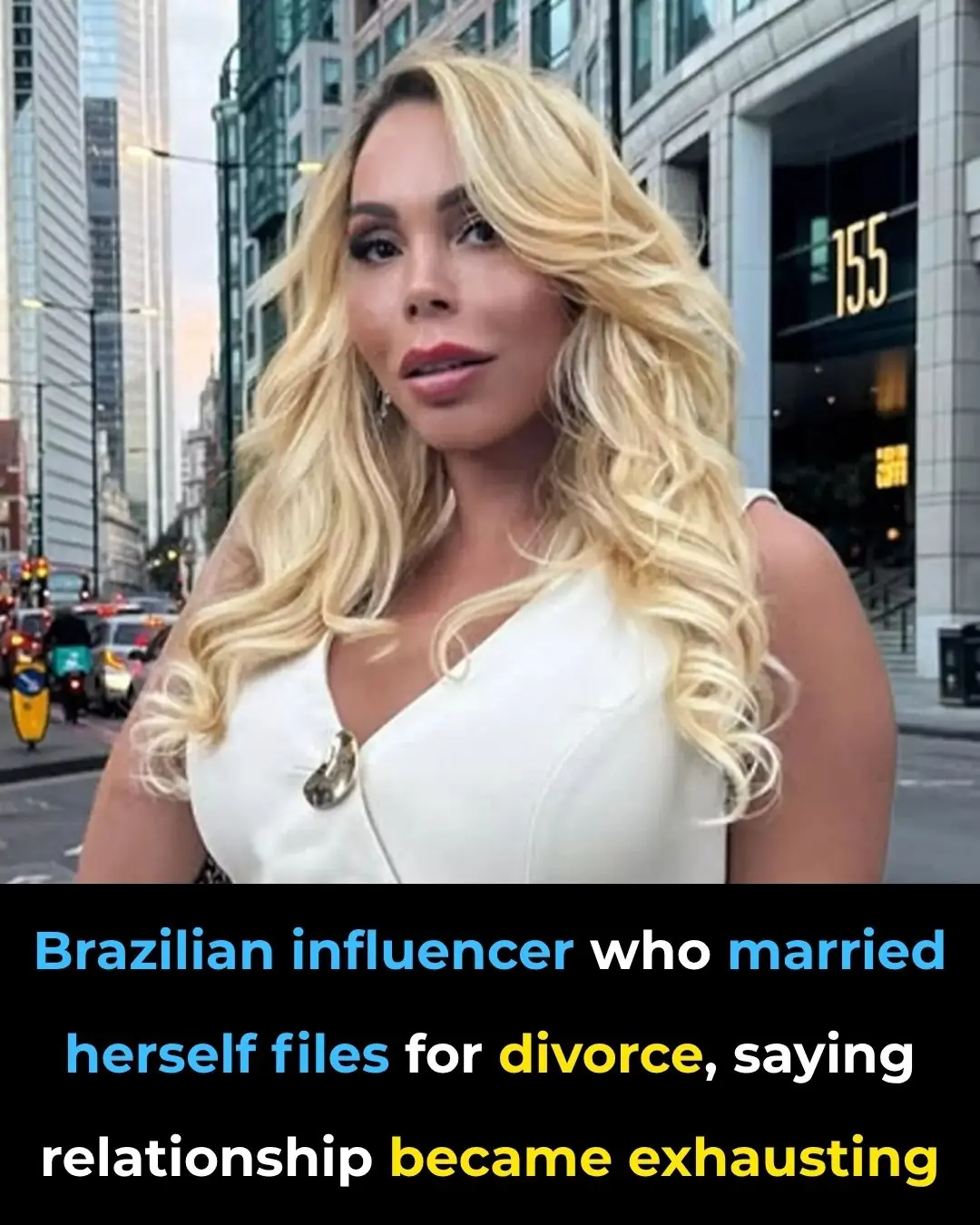
From Self-Marriage to Self-Divorce: Suellen Carey’s Viral Journey of Self-Love

The Hidden Years of Postpartum Recovery: How Motherhood Reshapes the Brain
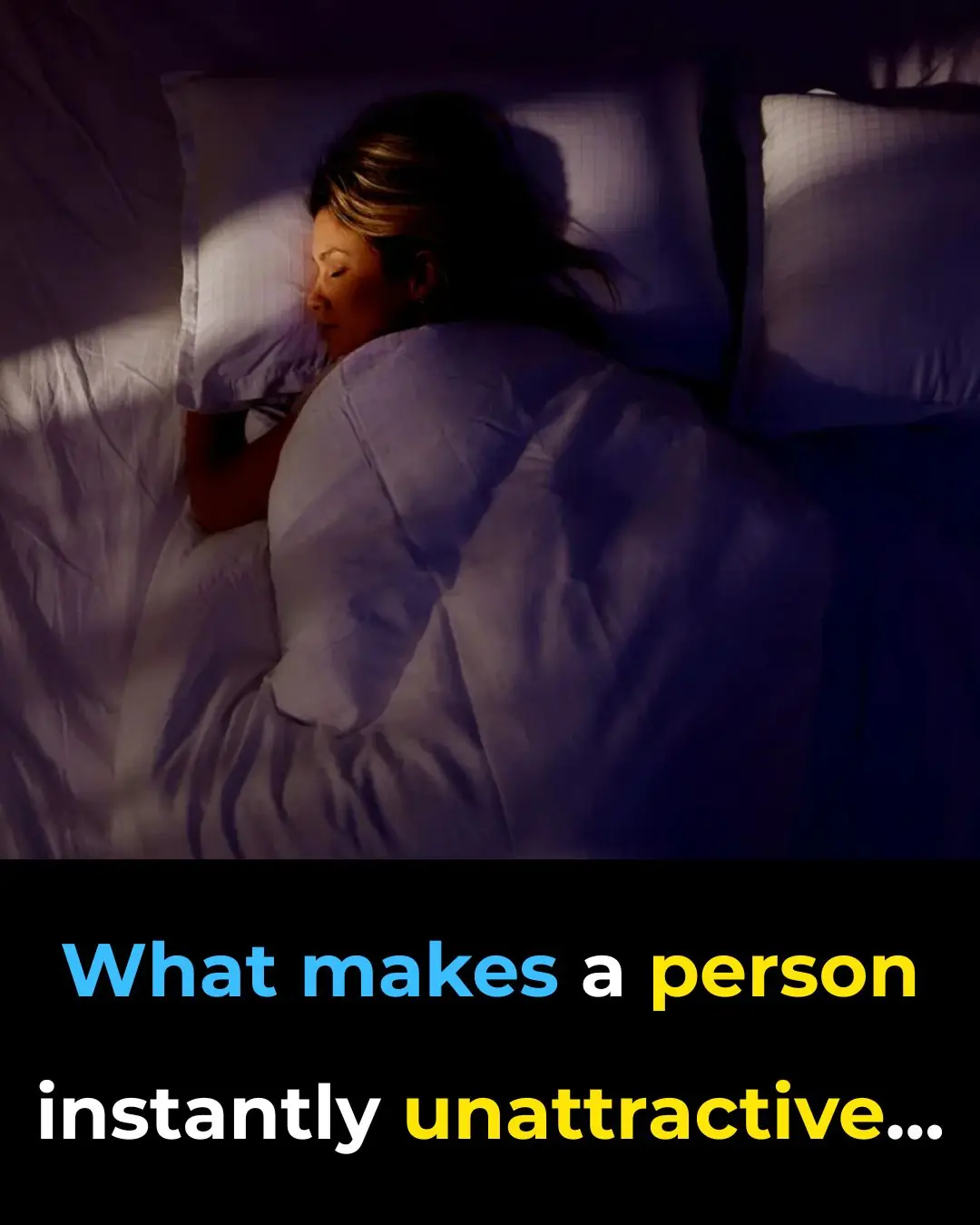
Unattractive Traits That Can Secretly Ruin a Relationship

Beware Portuguese Man-of-War Found on Beach
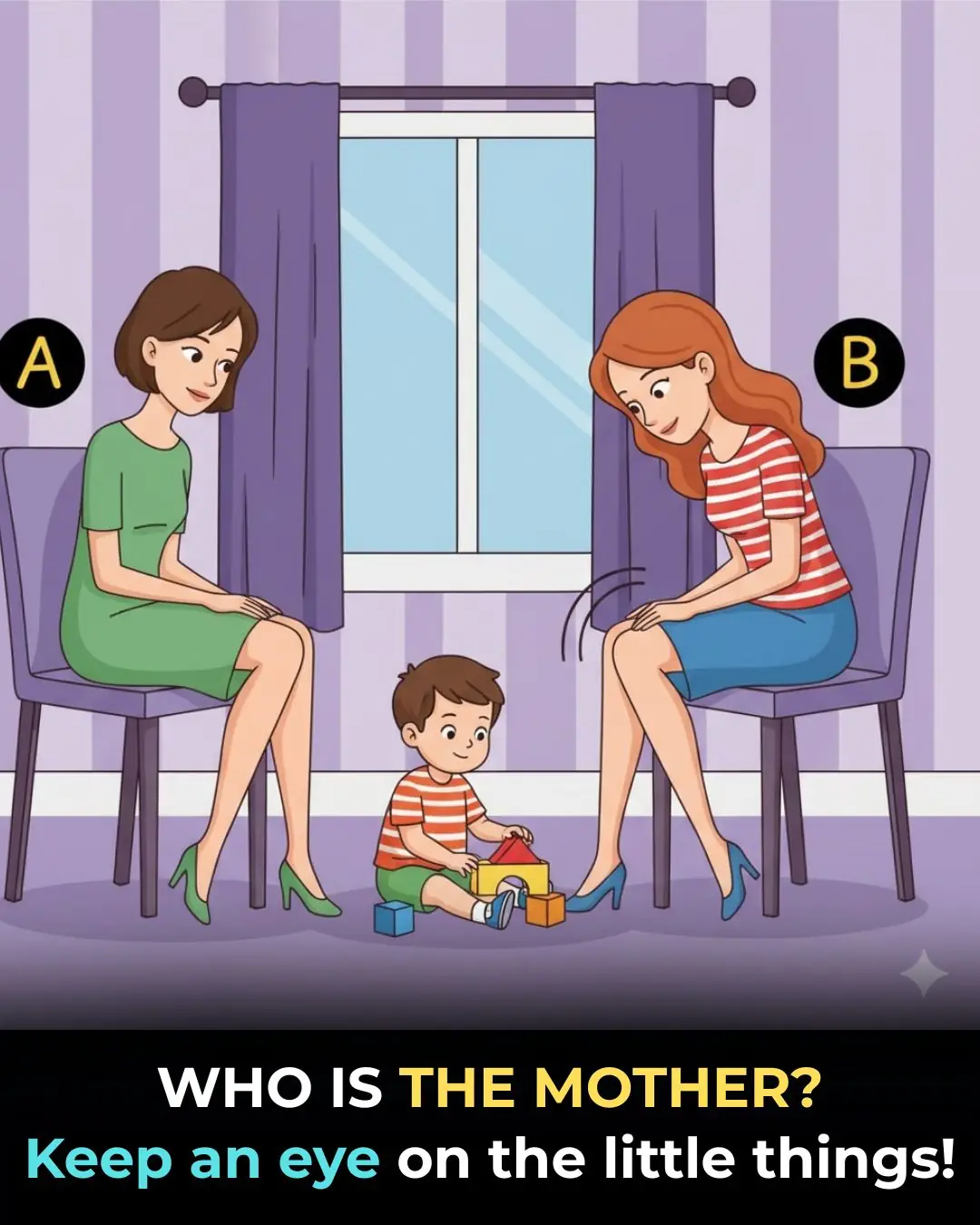
Do You Think Like an FBI Agent
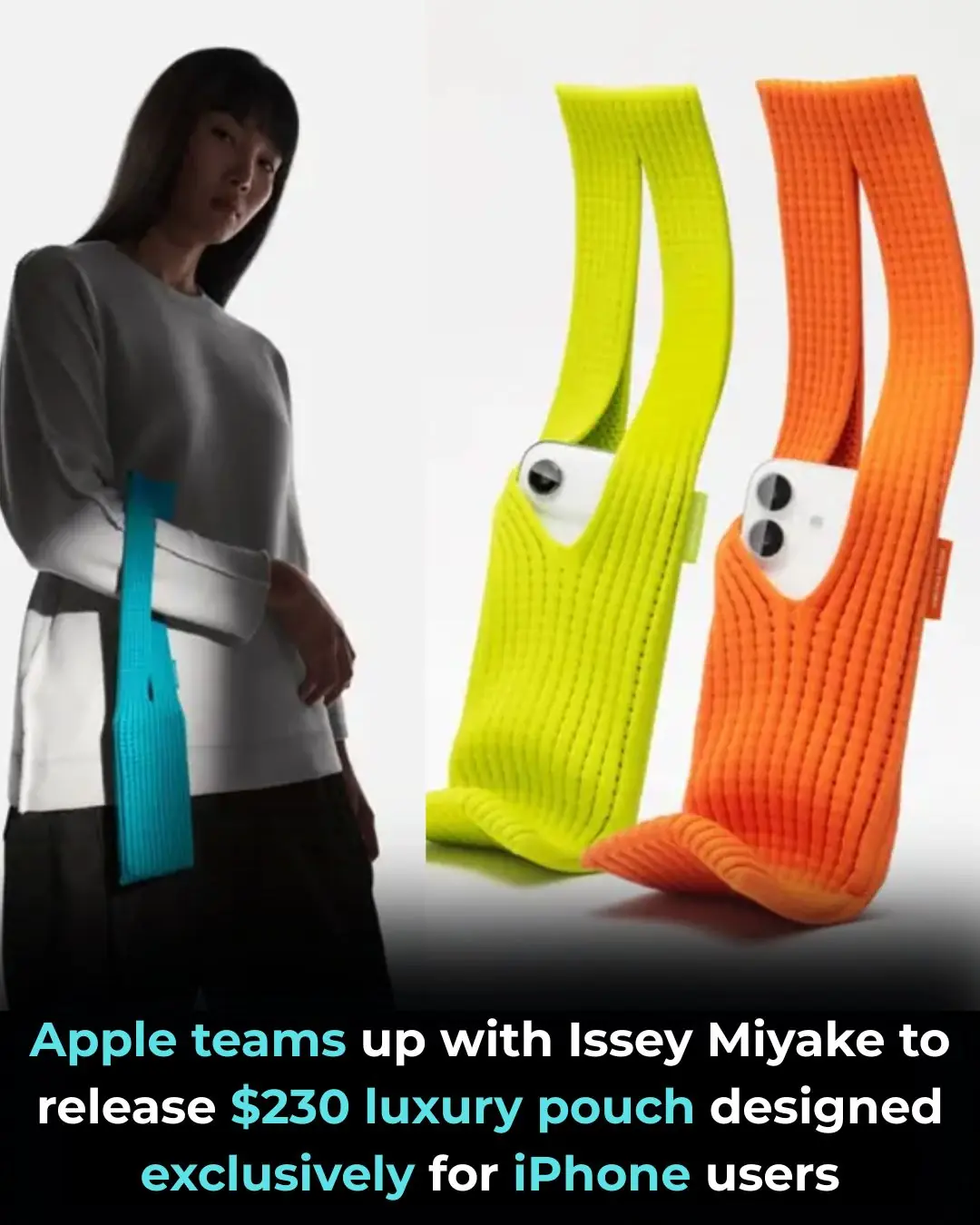
Apple and Issey Miyake Redefine Tech Fashion With the $230 iPhone Pocket
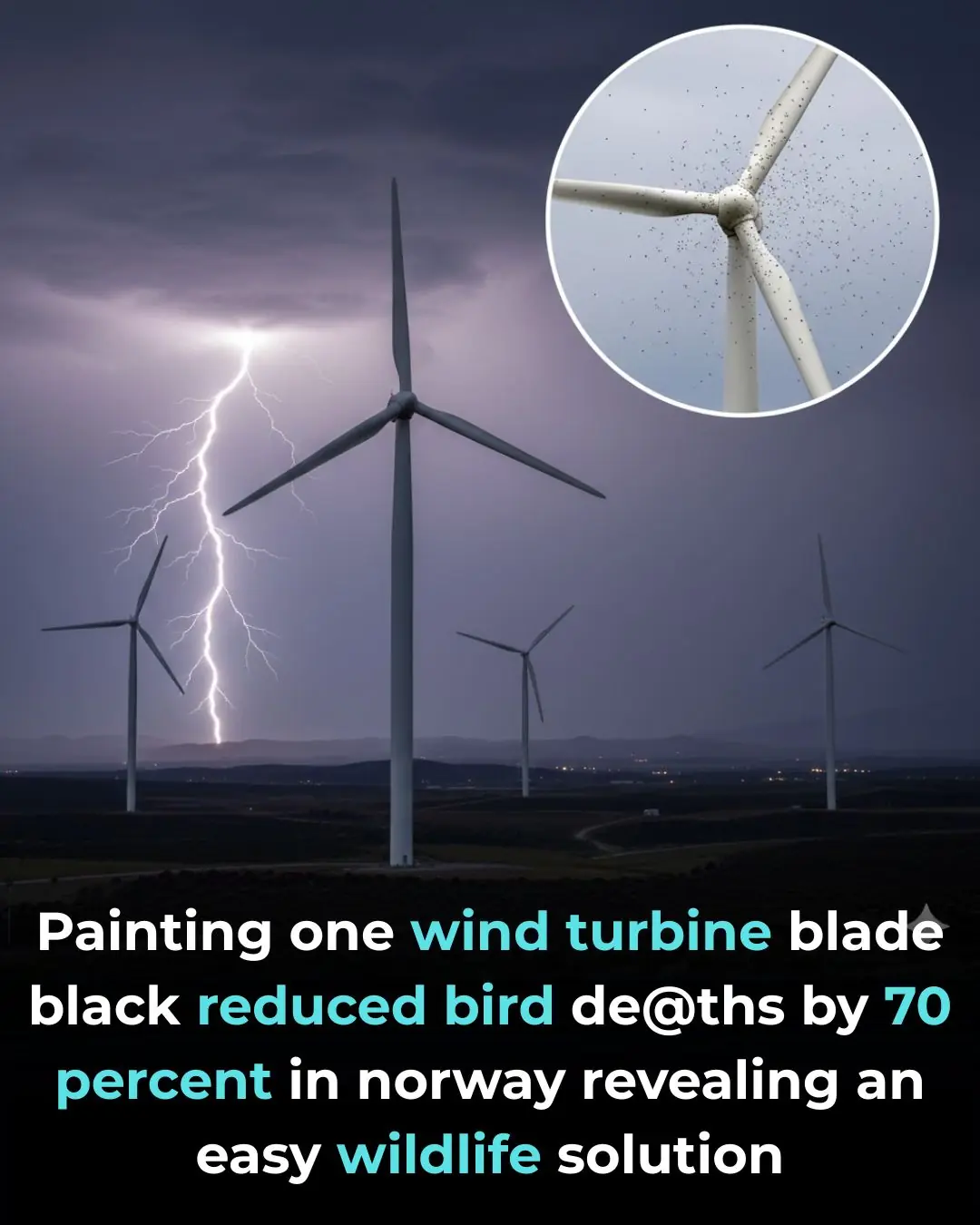
A Simple Black Blade That Saves Birds: The Surprising Wind Turbine Breakthrough
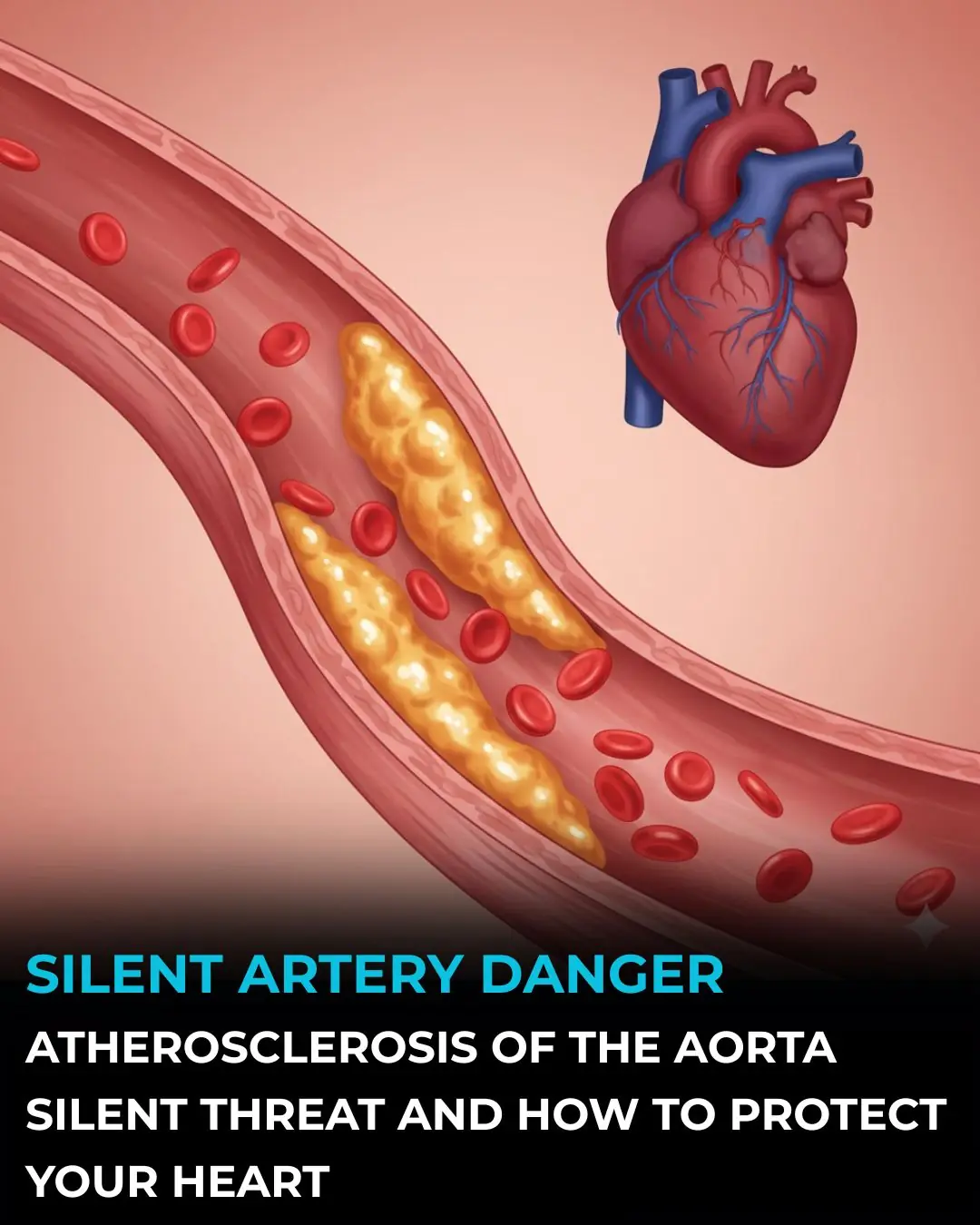
A Silent Threat: How Aortic Atherosclerosis Develops and How You Can Protect Yourself
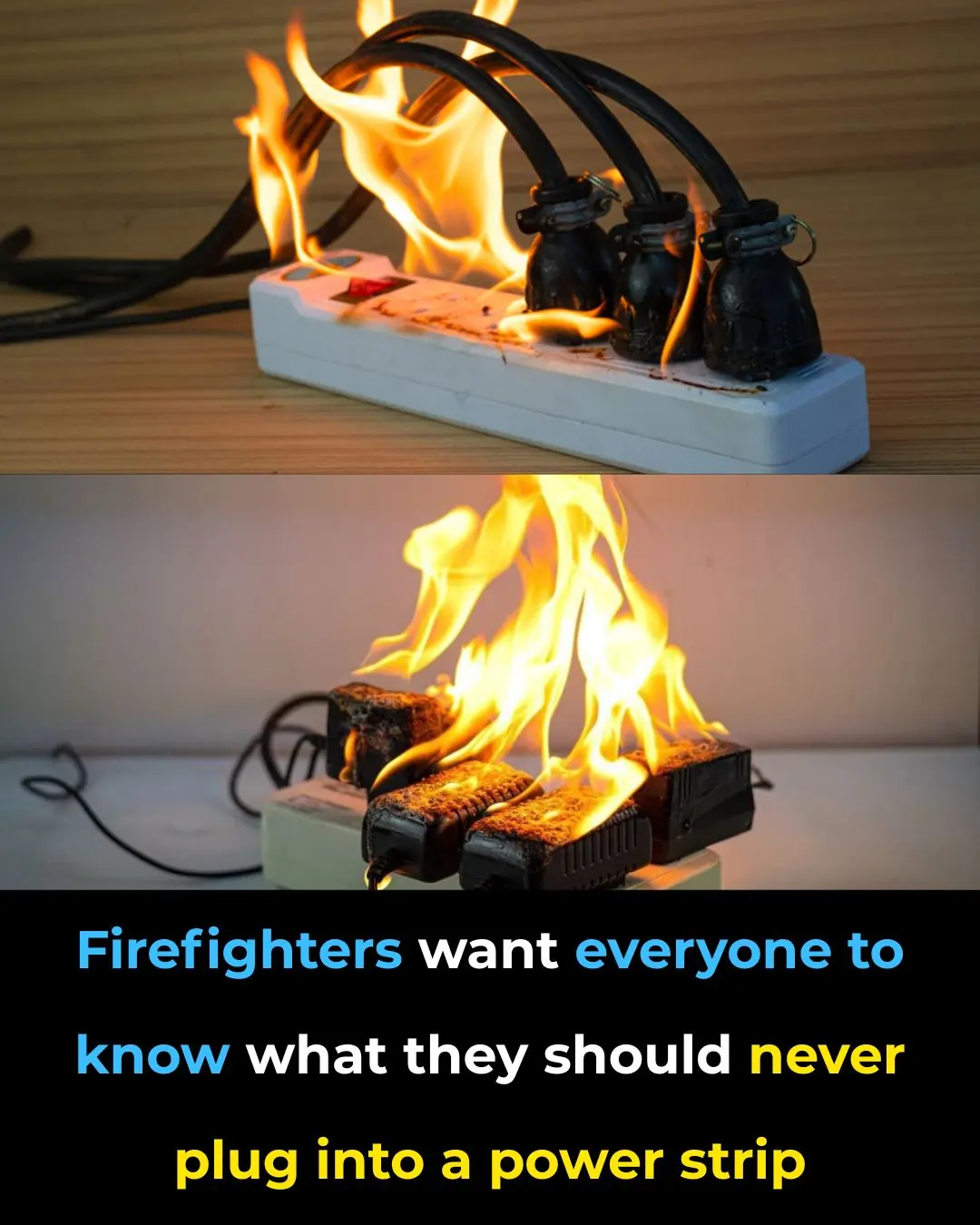
Firefighters Want Everyone To Know What They Should Never Plug Into A Power Strip

Uncovering the Viral Trigger Behind Lupus: Scientists Reveal a Surprising Link
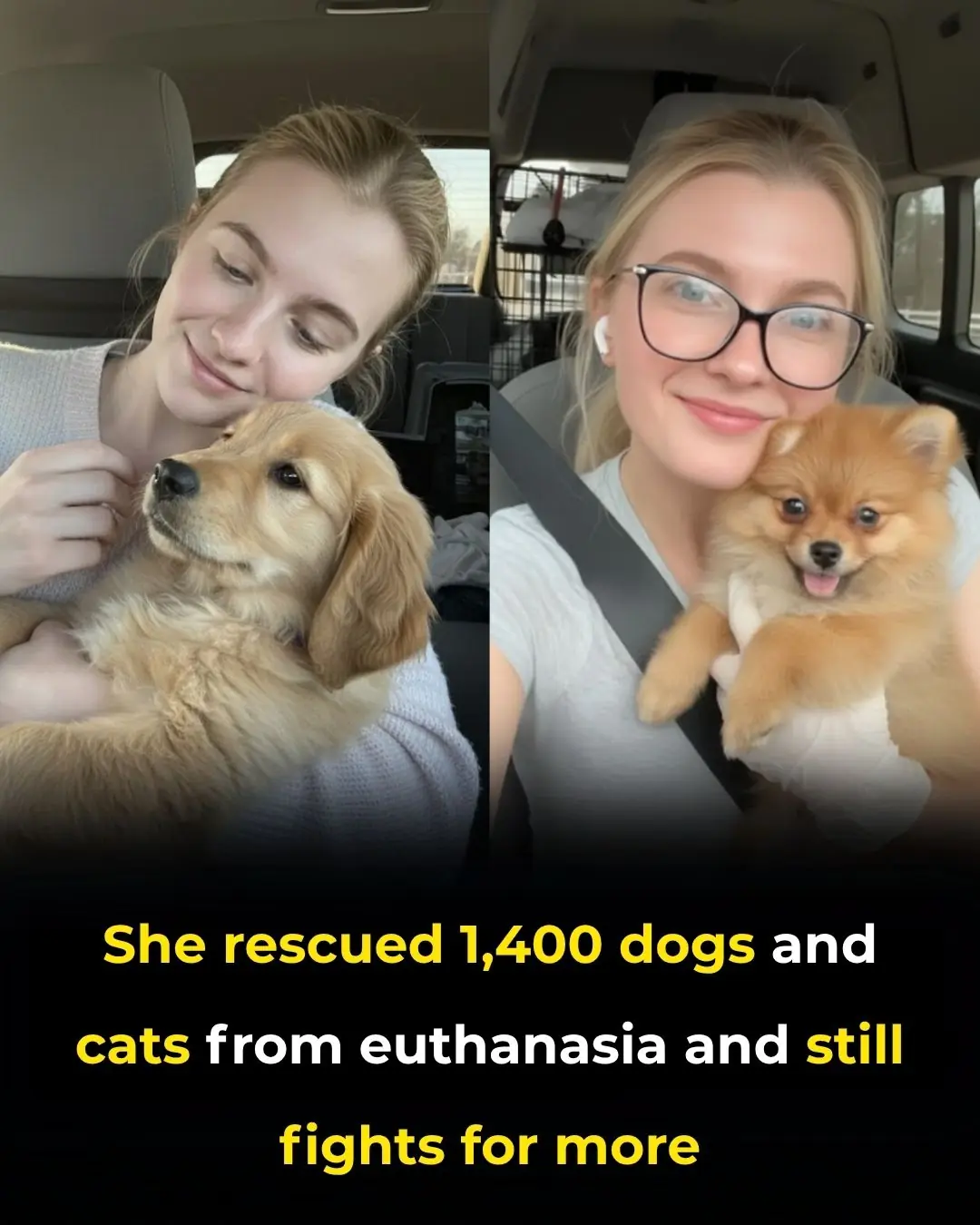
A Quiet Hero: The 24-Year-Old Saving Over 1,400 Animals from Euthanasia
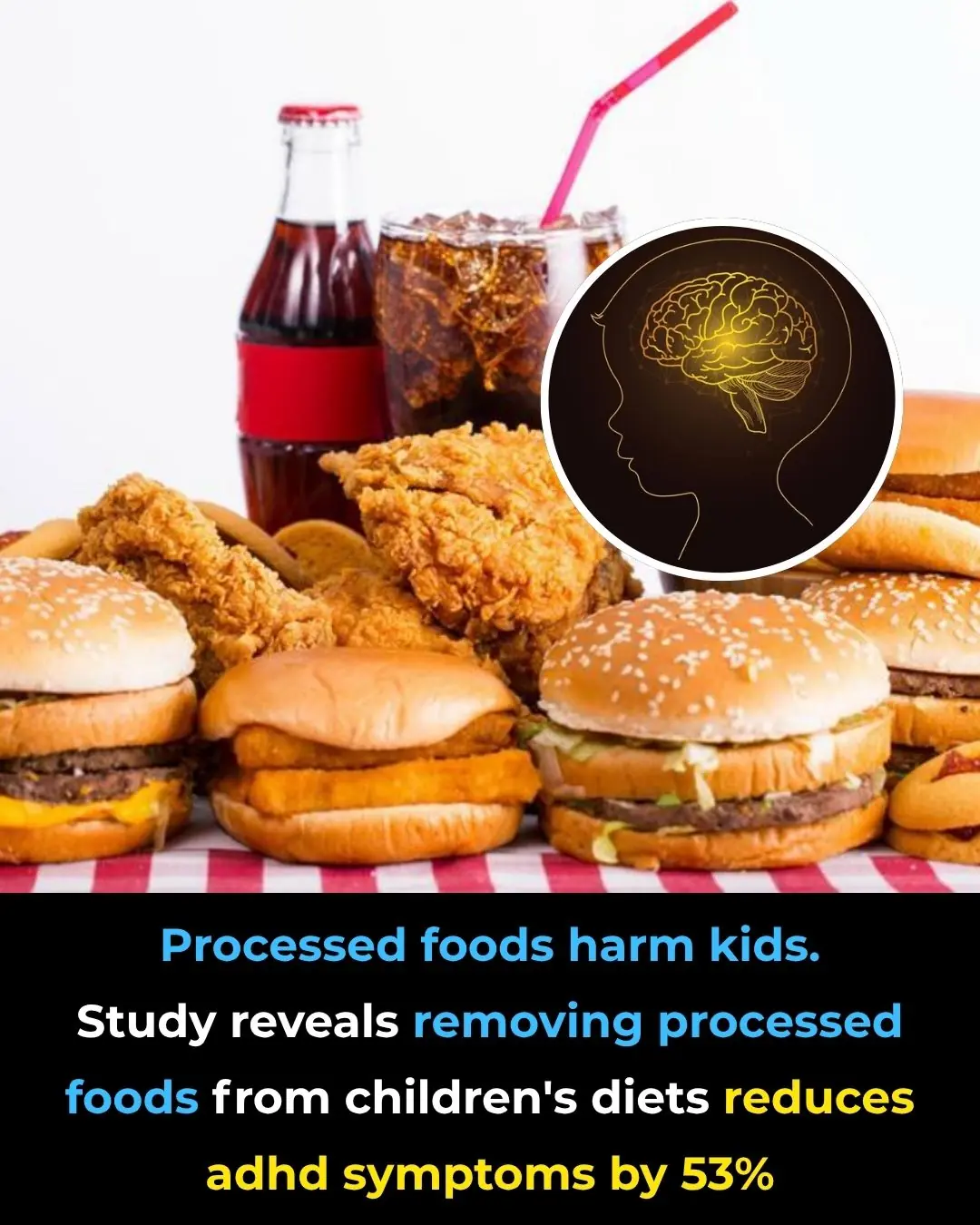
New Study Shows Removing Processed Foods Can Reduce ADHD Symptoms by 53%
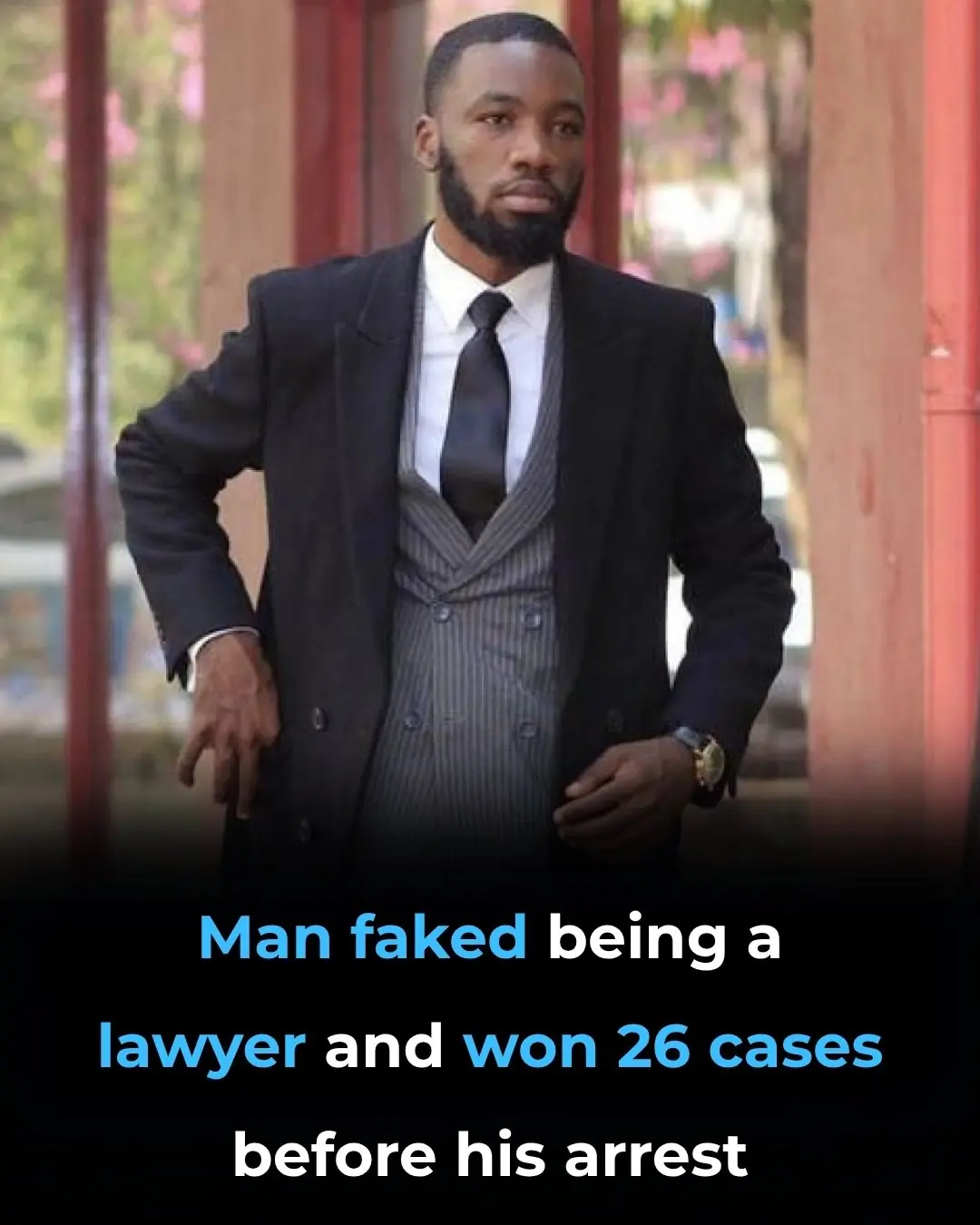
Kenyan Impostor Outsmarts Courts: Fake Lawyer Wins 26 Cases Before Shocking Unmasking

Experts reveal 10 baby names parents should avoid in 2026 as popular names that are set to go extinct revealed
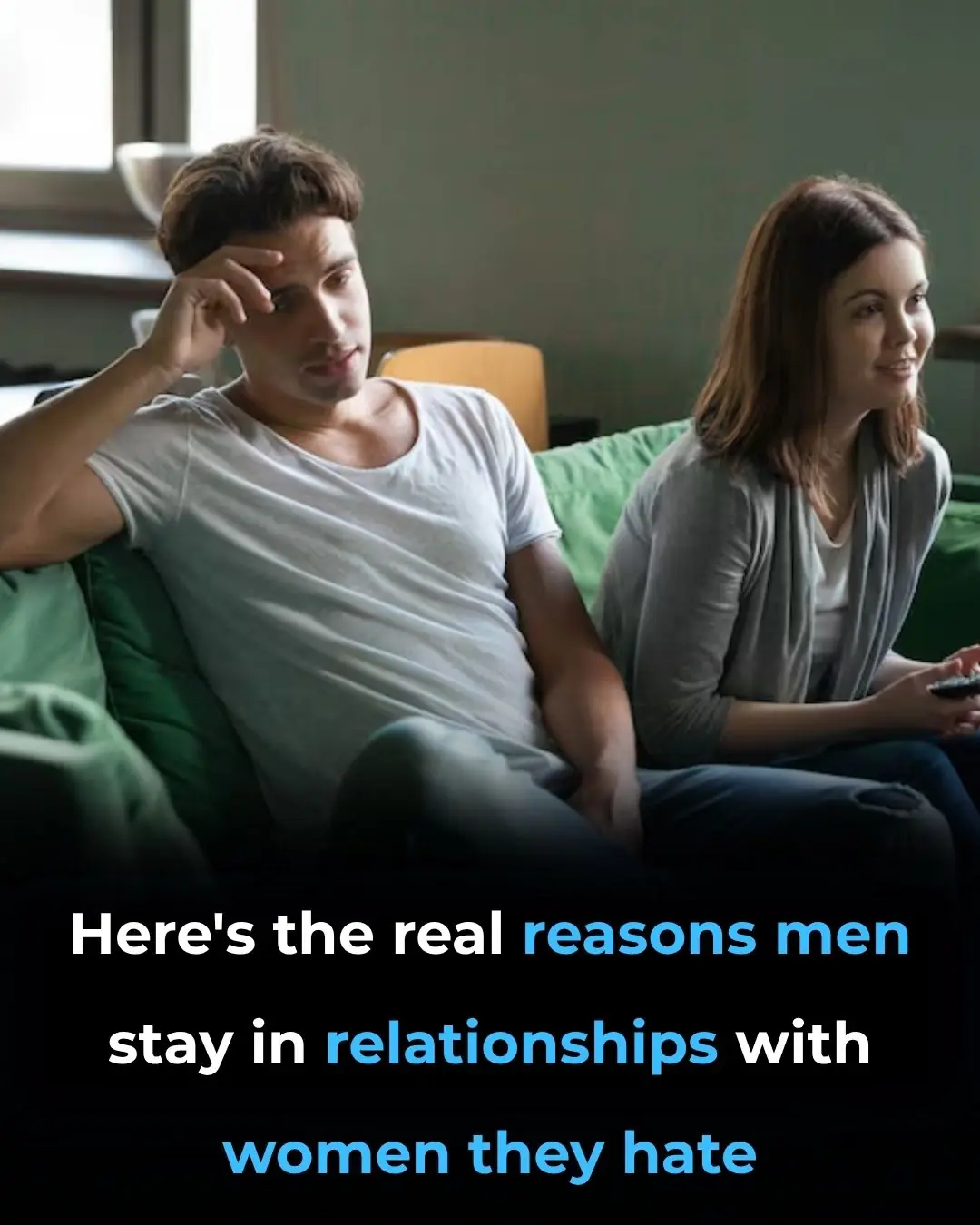
The Real Reasons Men Stay in Relationships With Women They Don’t Love
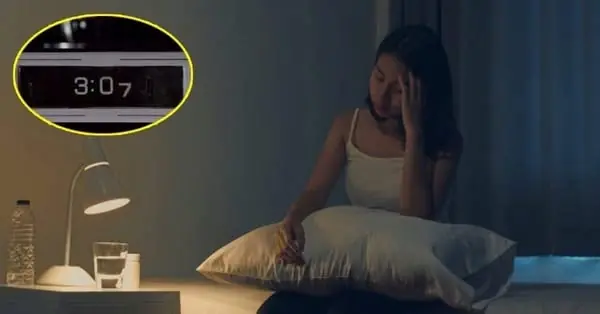
If you suddenly wake up between 3:07 and 3:15 a.m., you should be extremely careful
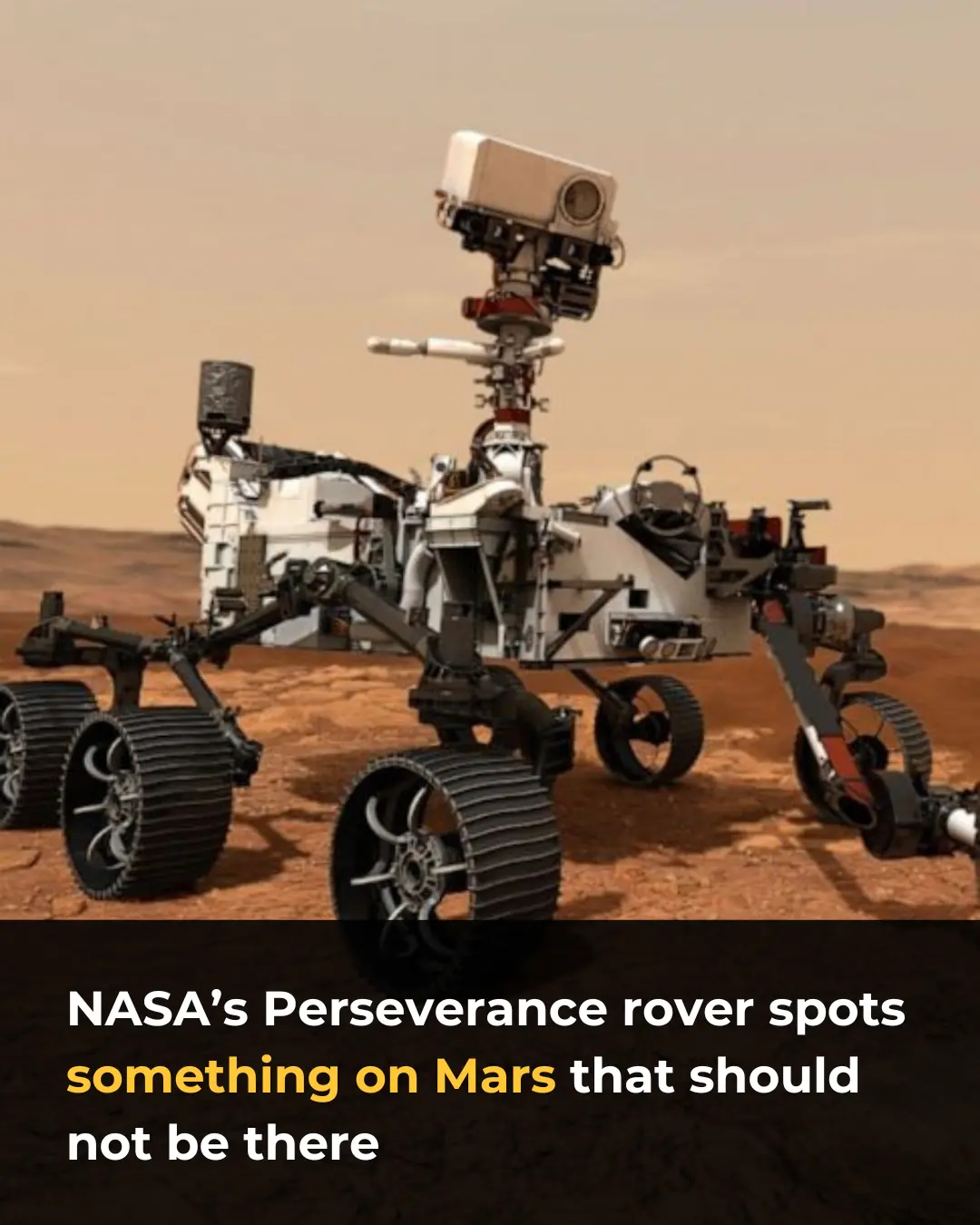
NASA’s Perseverance Rover Detects Something on Mars That Shouldn’t Be There

Newly Discovered Molecule Could Allow Teeth to Heal Naturally, Transforming the Future of Dentistry
News Post
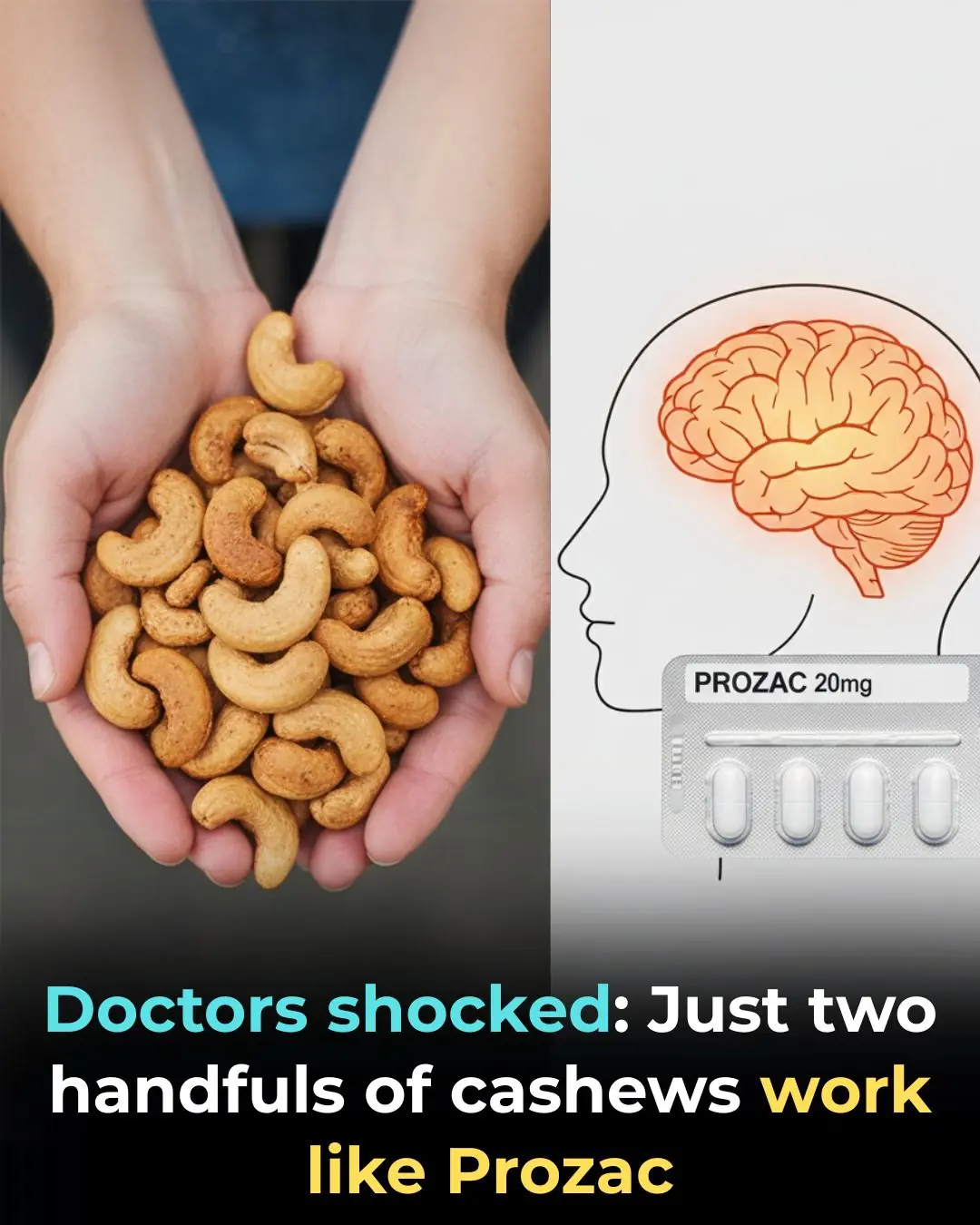
2 Handfuls of Cashews is The Therapeutic Equivalent of a Prescription Dose of Prozac

7 tips to eliminate dangerous blood fat
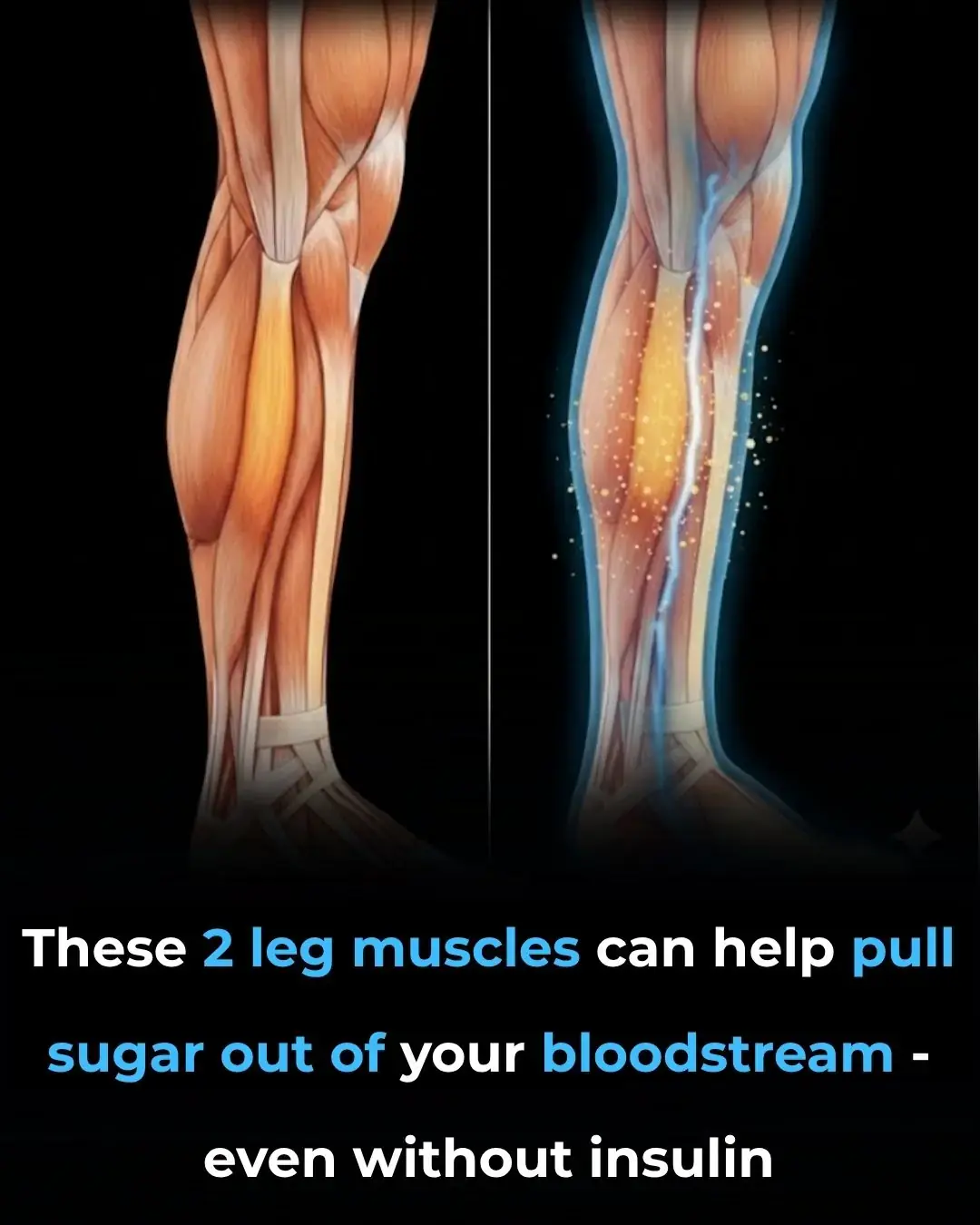
Lower blood sugar naturally by training just 2 leg muscles

Forget aspirin—this everyday fruit can help protect you from stroke and heart attack

The Powerful Medicinal Benefits and Uses of Senna alata

The Real Power of Dandelion Is in the Root

The Surprising Benefits of Boiled Bay Leaves and Cloves: A Natural Elixir for Wellness
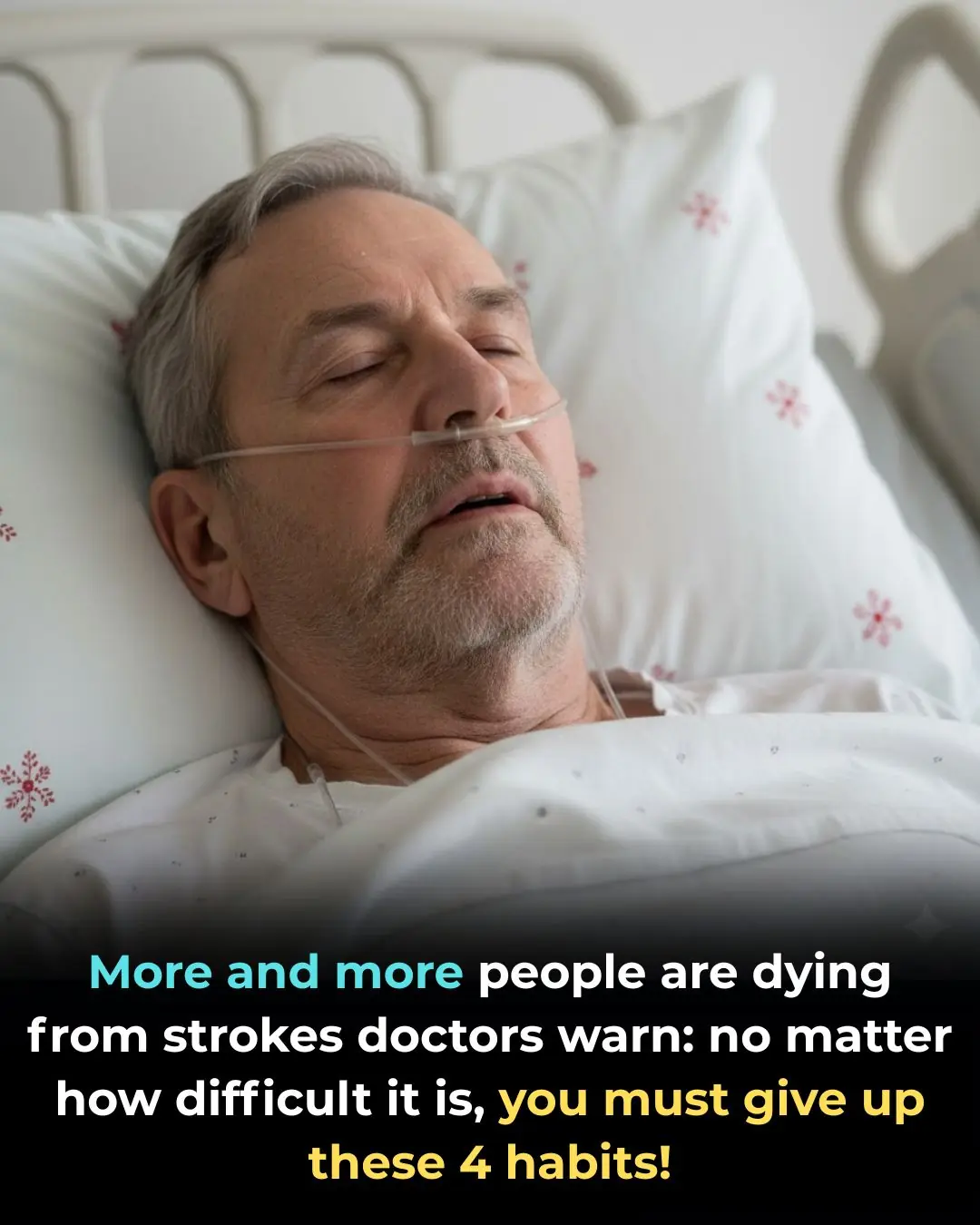
Preventing Stroke At Any Age: 3 “Don’ts” After Meals—And 4 “Don’ts” Before Bed

People whose mouths feel dry when sleeping at night need to know these 8 reasons
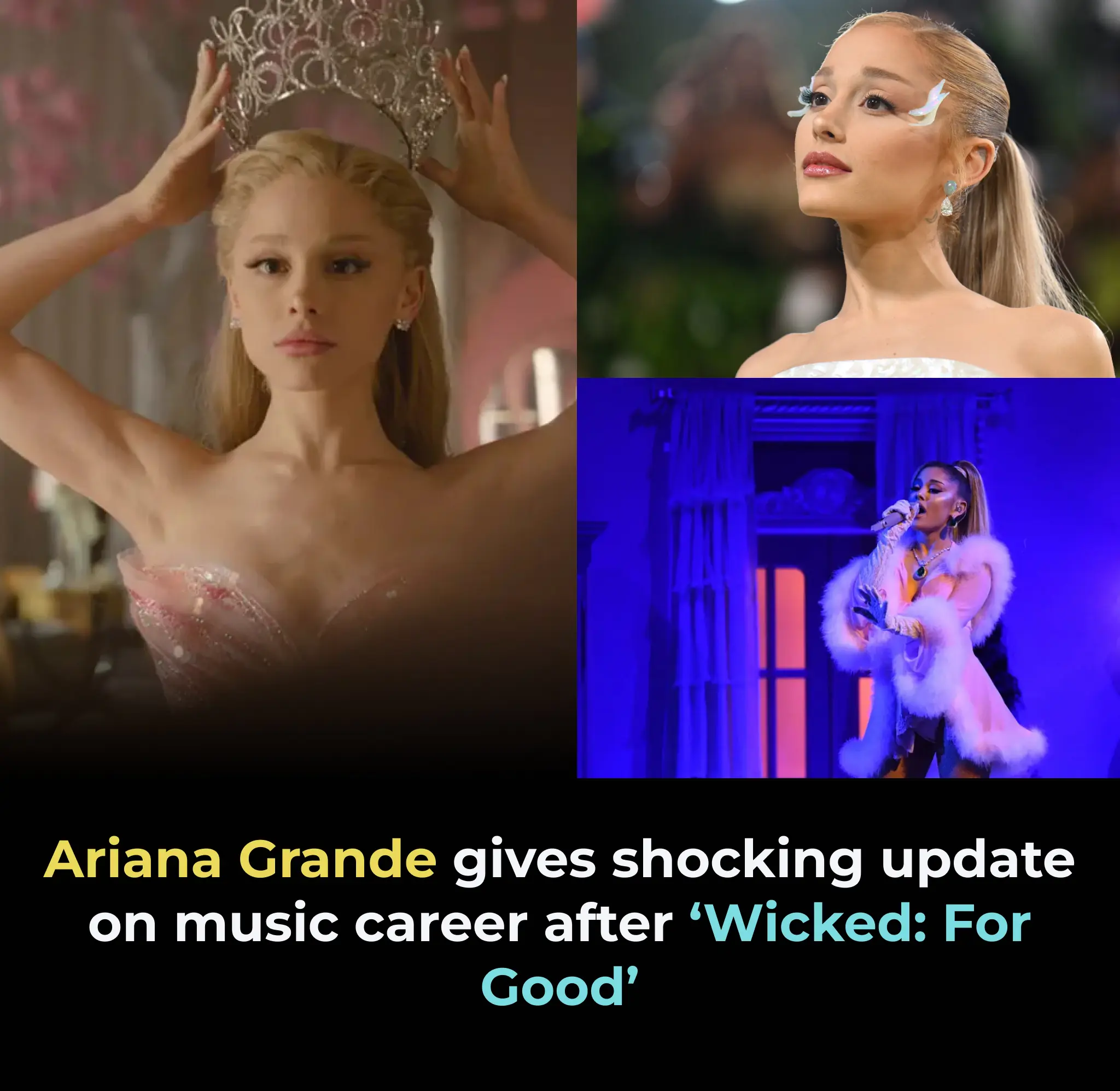
Ariana Grande gives shocking update on music career after ‘Wicked: For Good’

Controversial I'm A Celeb star Ruby Wax's changing face
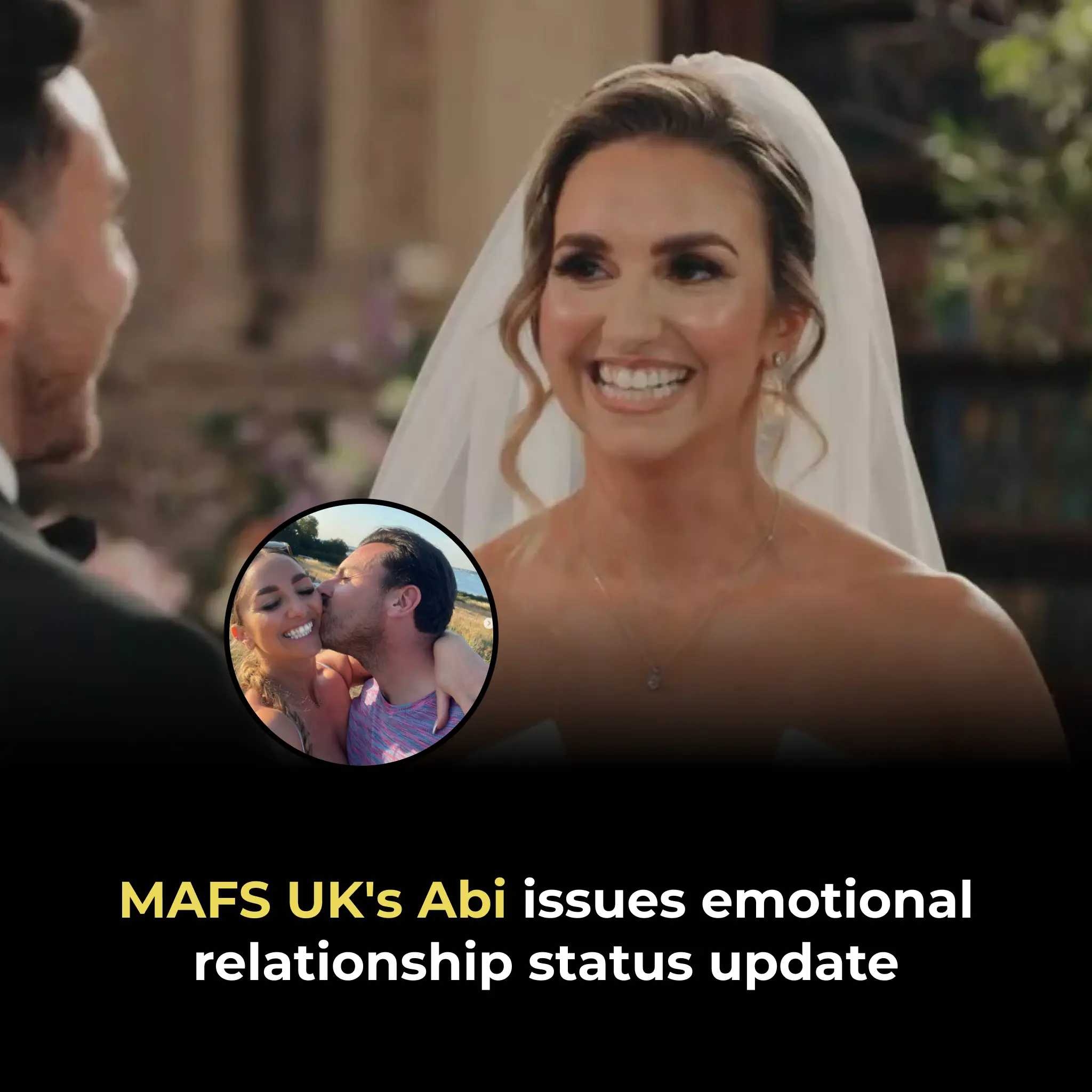
MAFS UK's Abi issues emotional relationship status update
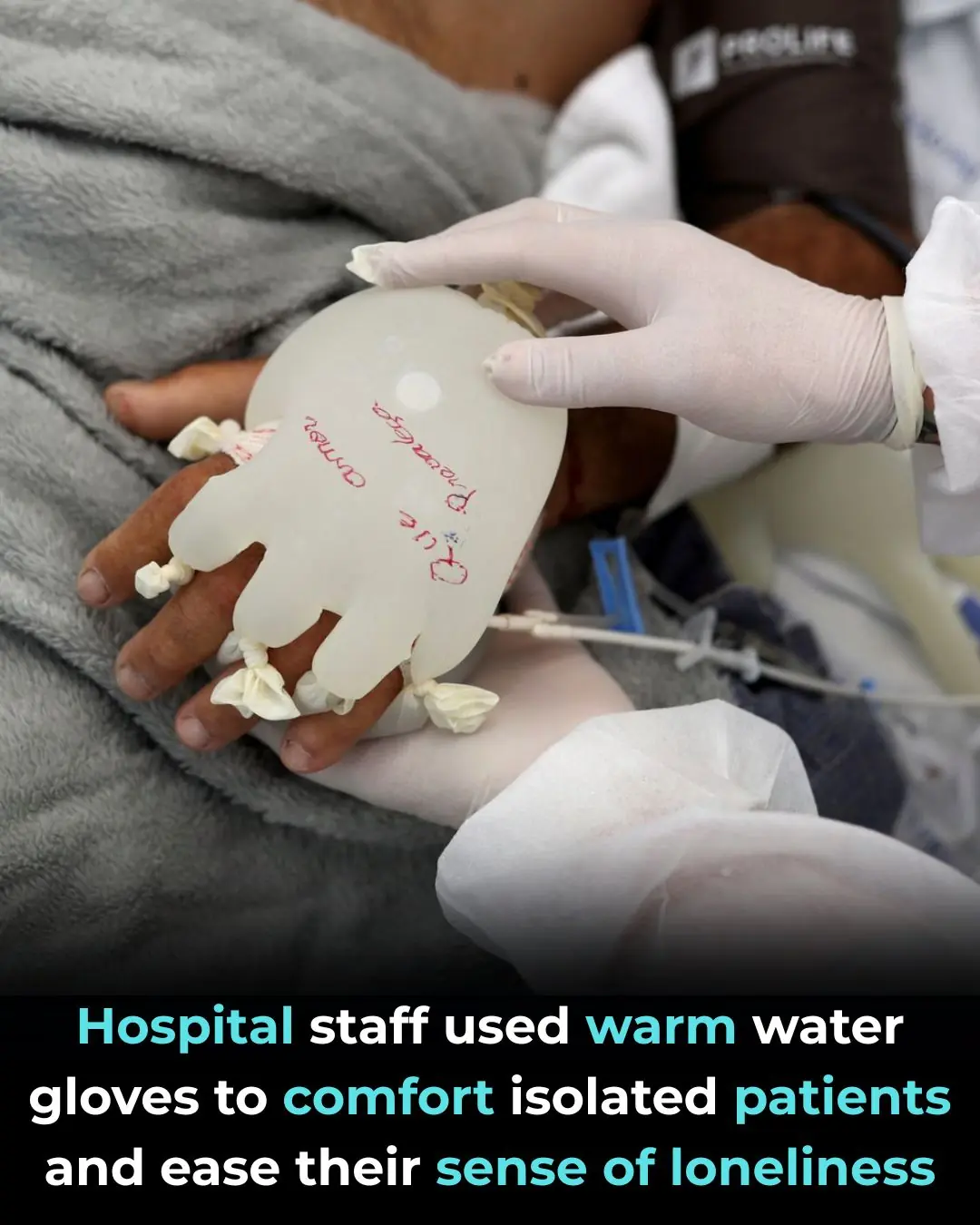
The “Hand of God” Technique: How a Simple Gesture Brought Humanity Back Into Isolated Hospital Rooms

Ant McPartlin's tattoos explained – from meaningful inking to poignant tribute

When the Brain Begins to Consume Itself: The Hidden Costs of Chronic Sleep Loss
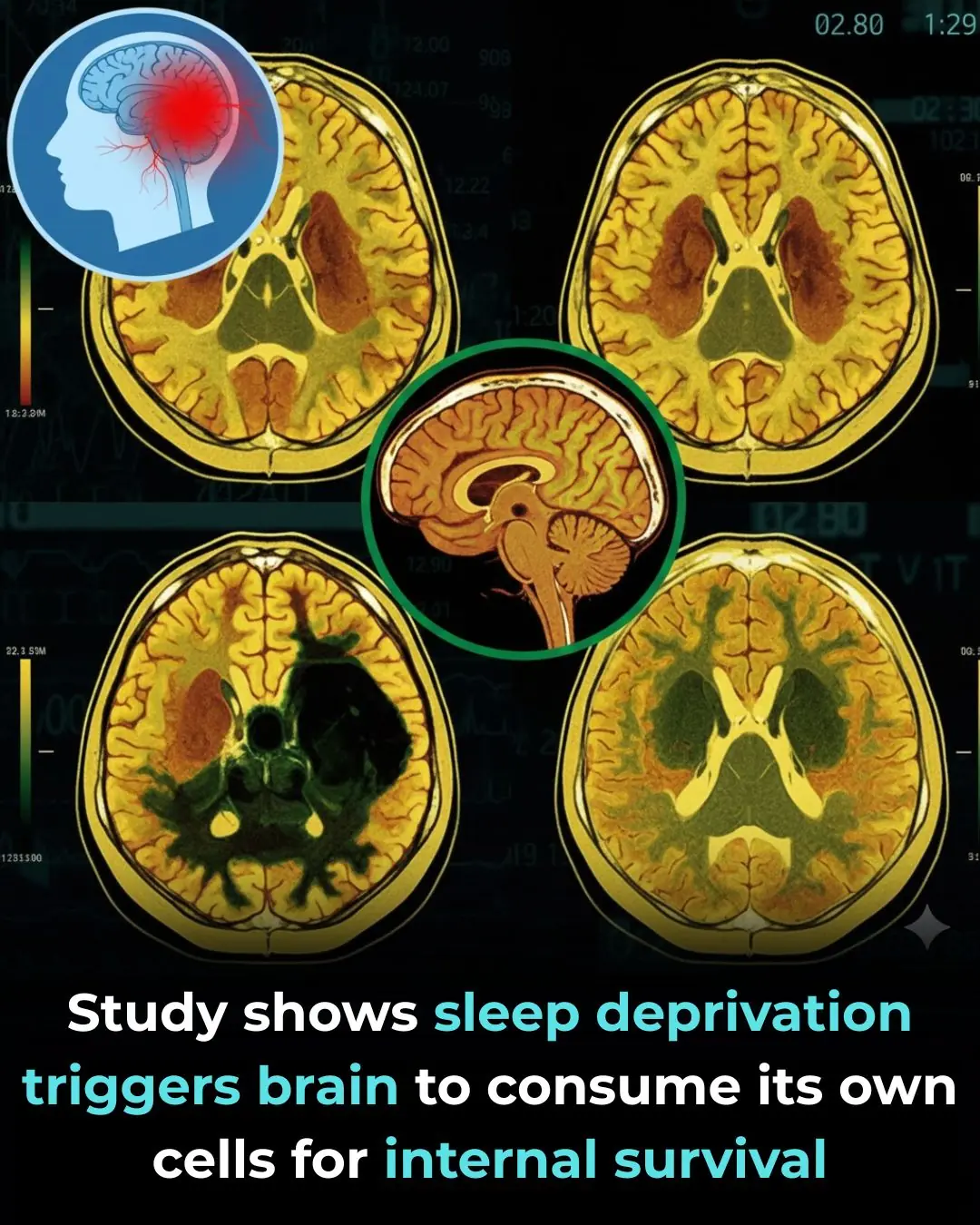
When the Brain Eats Itself: The Hidden Damage Caused by Lack of Sleep

From Self-Marriage to Self-Divorce: Suellen Carey’s Viral Journey of Self-Love

Kerry Katona undergoes corrective boob surgery as she gushes over beau Paolo's support

How Rose Essential Oil May Reshape the Brain: A Deep Dive Into a Surprising New Study
